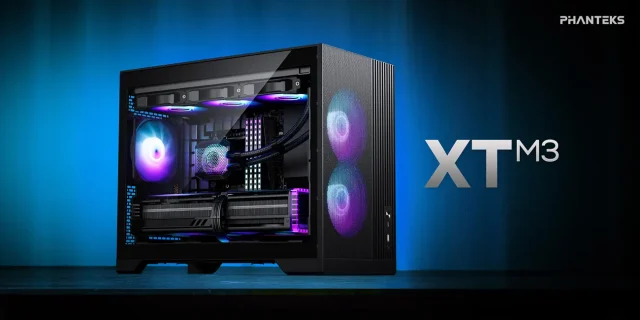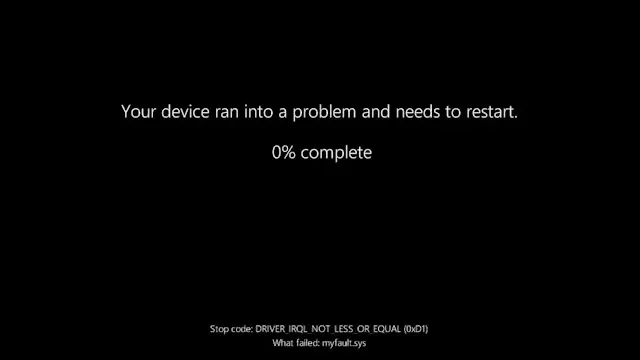We all have had some time to think about how machine learning is transforming various industries. Now when we look at the future and ask if it is possible to leverage ML in the education systems, our answer is a POSITIVE one, but there are several challenges ahead regarding this matter.
What is critical thinking?
Critical thinking is the ability to examine and evaluate information, recognize discrepancies between data and conclusions, gather additional data when necessary, and draw sound conclusions. It’s a skill that can be taught, improved with practice, and applied in education, business, and everyday life.
Students who develop critical thinking skills become better learners and more effective decision-makers. They can hone their ability to identify key assumptions and look for ways to verify the legitimacy of inferences made from evidence. These analytical skills are important not only in school but also in future careers.
The promise of machine learning for enhancing critical thinking skills
The use of machine learning in education is still in its early stages, but there are already some promising applications that can help us improve critical thinking and problem-solving skills in students. For example, one study found that using machine learning to predict student performance on critical thinking tests improved accuracy by an average of 5 percent compared with traditional methods (Baker et al., 2015). This means that teachers could identify students at risk for failing or otherwise struggling, allowing them to provide personalized instruction.
Another study showed how machine learning could be used to personalize instruction for individual students based on their predicted performance on a given task providing personalized feedback about which concepts need more attention before giving them another test question (Baker et al., 2017).
Best practices for integrating machine learning into critical thinking instruction
- Use machine learning to enhance critical thinking skills.
- Use machine learning to improve student performance in critical thinking.
- Consider the following questions: Is it possible to use existing data from students’ previous work and assignments? Are there existing datasets that could be used for training models, or do you need to create your dataset? The data set must be representative of the population of students with whom you are working (e.g., if working with middle schoolers, don’t just use college undergraduates as an example).
You may want to consider using a survey tool such as SurveyMonkey or Google Forms as an initial step before building your model on top of these responses; this will allow you both flexibility in terms of how much information is collected at once (e.g., if only asking one question vs multiple) while also allowing participants more control over their privacy settings than would otherwise be possible through other methods like Facebook Messenger chats which require users give up some level of control over who sees what content before even starting their conversations!
Challenges and limitations: Addressing concerns and ethical considerations.
One of the most important considerations for implementing machine learning is ensuring that students are not only able to learn from it, but also understand how it works. If students do not understand what is happening under the hood, they may be less likely to trust or value the results generated by an automated system. One way to address this challenge is by clearly explaining how machine learning works and why certain decisions were made by the algorithm when presenting feedback on student essays.
Another concern related to student trust in automated systems relates directly back to their ability (or lack thereof) for self-reflection and critical thinking skills: if students don’t know how their work was evaluated using ML techniques then they won’t be able to question whether or not those evaluations were fair or accurate, and this could lead them towards feeling disillusioned about their education altogether!
Conclusion
It is known that we live in a world that is becoming more automated. From self-driving cars to voice assistants that can track your sleep patterns, it’s clear that machine learning is here to stay. It may seem like an unlikely tool for helping students develop critical thinking skills, but we believe it has great potential as long as educators are careful not to oversimplify complex problems or use technology in place of human interaction (which is still necessary!).










